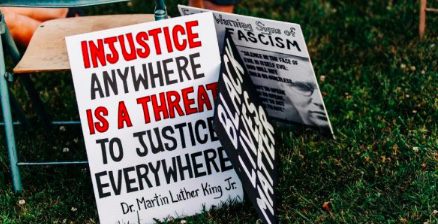
Juneteenth’s dark shadow: How slavery is alive in America’s prisons
Americans observed Juneteenth this past week – a celebration of the end of slavery in 1865. But how can slavery have ended while it remains in law and practice to this day? Forced labor persists in American prisons, exploiting incarcerated individuals for profit. Scott Abbey’s experience at Santa Rita Jail in California reveals a troubling exception in the American ideal of liberty.
Exploiting workers for greater profits
In a California jail kitchen, Scott Abbey prepares thousands of meals daily for a multibillion-dollar corporation. He works in unsanitary conditions, wading through overflowing sewage and dodging rodents. For his labor, Abbey receives no wages. This scene, eerily reminiscent of America’s industrial past, is a reality for many incarcerated individuals today.
Thousands of incarcerated individuals across the nation share similar stories.
Deborah Archer for Slate reports,
They staff morgues, produce military electronic technology, build office furniture, fight wildfires, and labor in deadly temperatures on former plantations. Carceral labor’s products are ubiquitous yet often overlooked. Even the food we eat — from widely known brands like McDonalds, Costco, or Walmart — arrives at our tables thanks in part to carceral labor. Private businesses, recognizing that they can pay an individual behind bars far less than a worker on the outside, exploit incarcerated labor to boost their profits.
